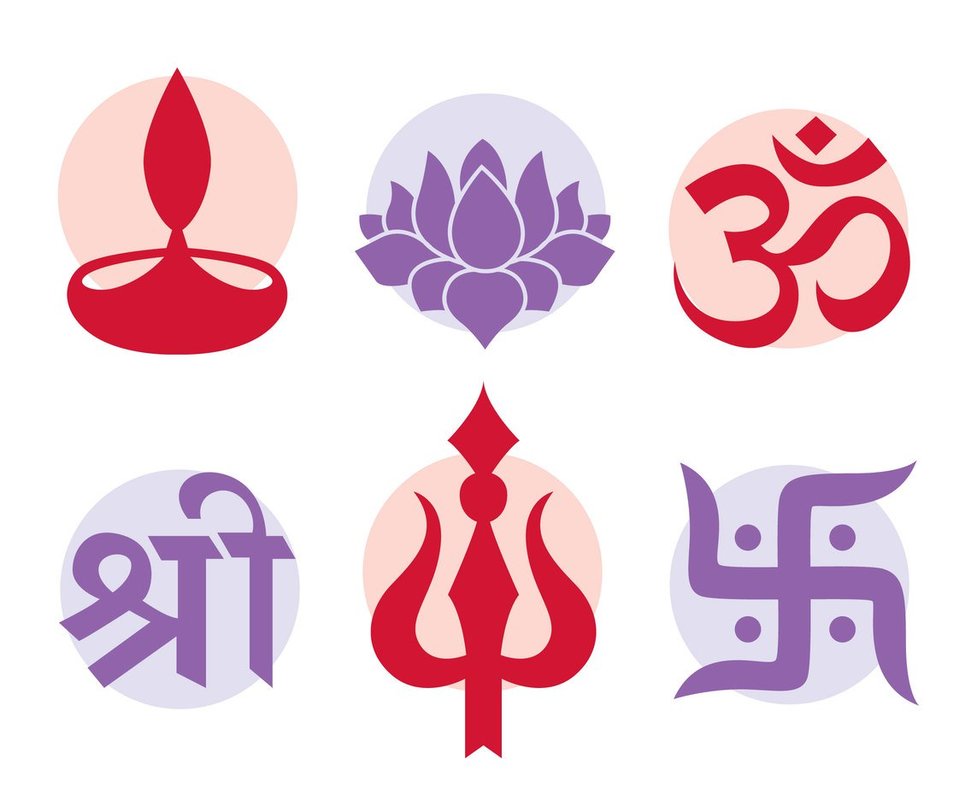Discovering Hinduism: Decoding the Sacred Symbols and Their Profound Meanings
Discover the rich symbolism in Hinduism, exploring spiritual icons such as Om, Swastika, and lotus; delving into their profound meanings & significance.

Hinduism, as one of the oldest and most diverse religions in the world, is rich with symbolism that has been passed down through the ages. Many people around the globe are familiar with some of the most popular symbols, such as the Om or the Swastika, but there is so much more to explore within this vast religious tapestry. In this blog post, we will delve into some of the key symbols that have been integral to the beliefs and practices of Hinduism.
Om, or Aum, is perhaps the most recognizable symbol of Hinduism. It is a sacred sound, a vibration believed to represent the essence of the universe, and is an important part of Hindu prayers and rituals. The Om symbol is often found at the beginning of sacred texts, signifying the invocation of divine presence. It is composed of three phonemes, which represent the three stages of existence: creation, preservation, and destruction, as well as the three realms of the universe: physical, astral, and celestial.
Another symbol deeply rooted in Hinduism is the Swastika. Despite its unfortunate association with the Nazi regime, the Swastika has been a sacred symbol in Hinduism for thousands of years. It represents luck, prosperity, and auspiciousness, and its four arms are believed to symbolize the four main directions and the four Vedic scriptures. The Swastika is often used to decorate homes and temples, invoking the presence of the gods and goddesses.
The Lotus is a beautiful and versatile symbol in Hinduism, representing purity, beauty, and spiritual awakening. It is often associated with the gods Vishnu and Brahma, and the goddesses Lakshmi and Saraswati. The Lotus represents the transformation of the soul, as it rises from the murky waters of materialism and blossoms into the light of spiritual truth. Many Hindu deities are depicted seated or standing on Lotus flowers, signifying their transcendent nature.
Lastly, the Trishul, or trident, is a powerful symbol associated with Lord Shiva, the god of destruction and regeneration. The Trishul represents the three fundamental aspects of existence – creation, preservation, and destruction – and also symbolizes the balance between them. It is believed that the trident has the power to destroy ignorance and bring the light of wisdom, so it is often used in ritual worship and as a protective talisman.
In conclusion, the symbols of Hinduism hold profound meaning and significance, providing a deep understanding of the beliefs and philosophy of this ancient religion. By exploring these symbols and their meanings, we can gain valuable insight into the rich tapestry of Hinduism and its impact on the lives of millions of people around the world.
